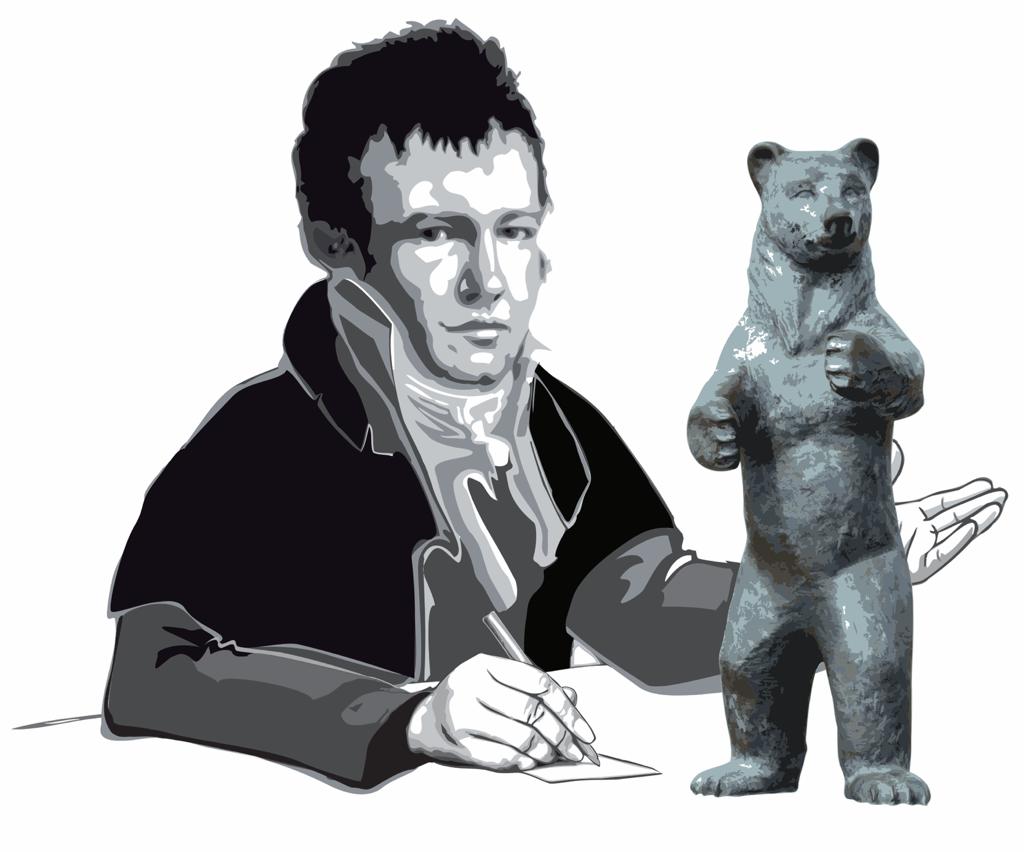Gauss-Telegraph: Travel during Corona – Bratislava
by Andrés Muñoz

Bratislava is a popular destination for partying and is often overlooked by travelers on their way to Vienna or Budapest. However, Bratislava still has some charm that might make it worth staying for a couple of days. In spite of being a small city, it still feels like a European capital with a mix of medieval and modern architecture. A perfect example for this would be the contrast created between the Old Town and the new business district located to the southeast which includes a master project by Zaha Hadid Architects – Sky Park – due to be completed soon.

Bratislava Castle
Overlooking the city, in the middle of the Old Town, lies the Bratislava Castle. On this hill is where the first inhabitants of Bratislava built the first settlements of the city. Since then, the castle has been renovated many times. It currently houses a section of the Slovak National Museum which displays the Slovak society from the Middles Ages until the present. I went there first thing in the morning, so the museum was quite empty. Furthermore, it was a bit hard to find the entrance, since some gates were closed – can’t really tell if it was because of the low number of visitors (due to corona), or because it was too early.

View from Bratislava Castle
Overall the city didn’t seem that affected by the pandemic. Perhaps the reason for that is because at that point in the summer a lot of popular destinations were listed as risk areas by the Robert Koch Institute (e.g. Budapest, Vienna, Czech Republic, mainland Spain, most of Croatia…), so Slovakia seemed like a reasonable plan B for most people. Nevertheless, that was not the case for me. Bratislava was already on my travel plans. Though I initially planned on going there with my parents and ended up going alone since the borders of the European Union are still closed for tourists. In fact, you could say that my visit to Bratislava was perhaps the only trip since March that I didn’t have to postpone or cancel. As the cases started to rise again, I started to monitor the development of the daily infections. I was indeed very lucky, given that the city was declared a risk area one week after my return to Germany. Therefore, I would recommend doing the same at least two to three weeks before your departure, then you could avoid rebooking fees if you react early enough.

Devín Castle (Austria is across the river on the right)
Another castle you should visit is the Devín Castle. You actually need a 20-minute bus ride to reach there, but the scenery is very beautiful. The ruins of this castle built in the 9th century are located on top of a hill by the confluence of the Danube and the Morava rivers. Despite the fact that you can see Austria on a clear day from the Old Town of Bratislava, the Devín Castle is just a few meters away from the border. This is one of the largest castles in the country and once you reach the top of the hill, you’ll be amazed by the view of lush greenery.
On your visit to Bratislava you could also go the City History Museum in the Old Town Hall. The museum also has an interactive exhibit where you can see the development of the building by using wooden blocks on a digital projection. Another landmark of the capital is the “Most SNP” (Bridge of the Slovak National Uprising), also known as UFO Bridge. The 84-meter-tall observatory offers you a panoramic view of Bratislava from the other side of the Danube. Last but not least, you can also check out the Nedbalka Gallery which exhibits different Slovak artworks from the 19th century to the present. The interior might remind you of the Guggenheim Museum in New York.
Tomorrow we’ll continue our series with Amsterdam!
Note: At the moment of travel, this region/country was not on the list of risk areas according to the Robert-Koch-Institute .
Before making any travel plans, check the latest advice from the Federal Foreign Office. You can download their app (Android or iOS) to stay up-to-date or check the IATA’s website for the latest entry requirements.



You must be logged in to post a comment.